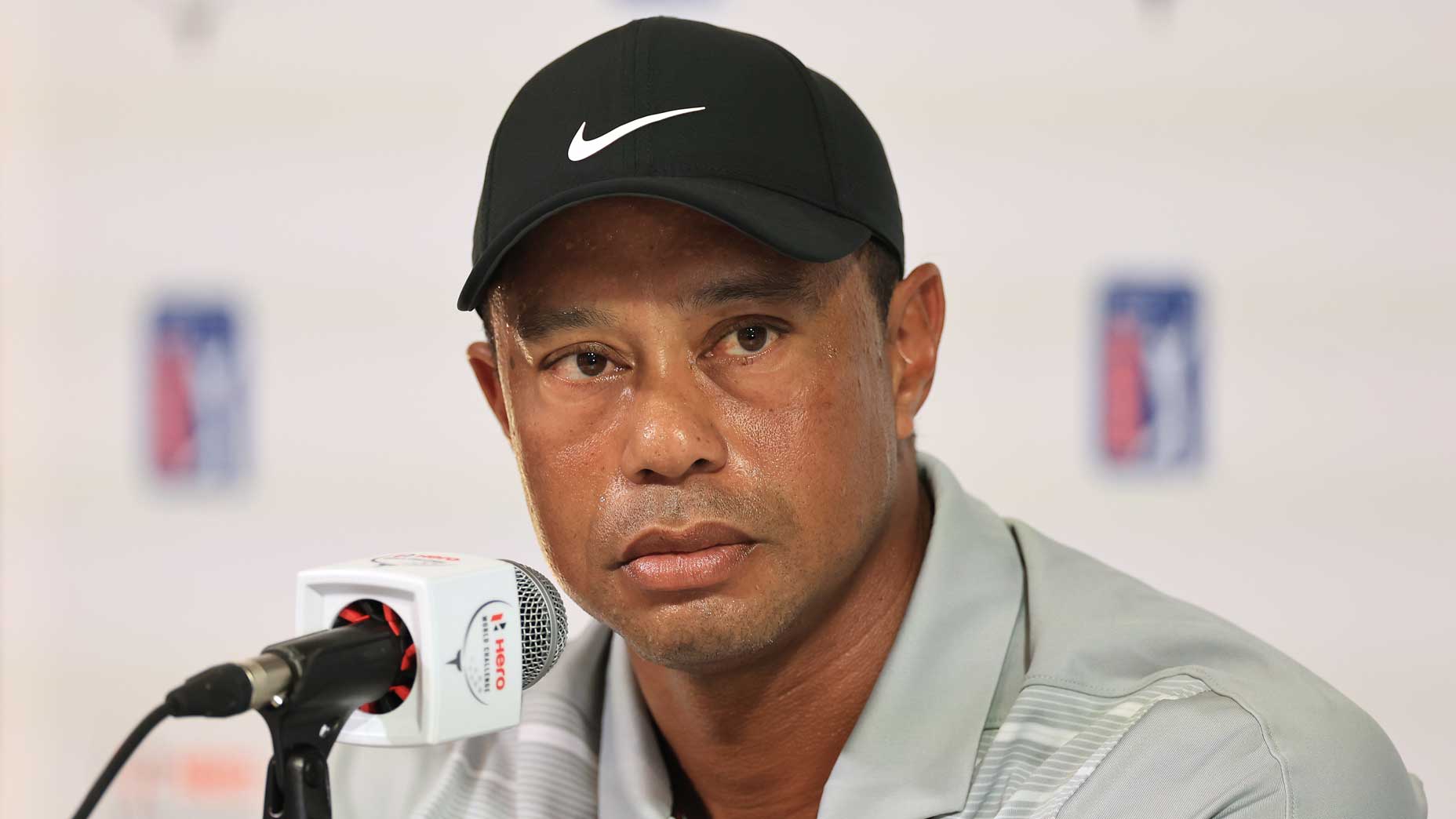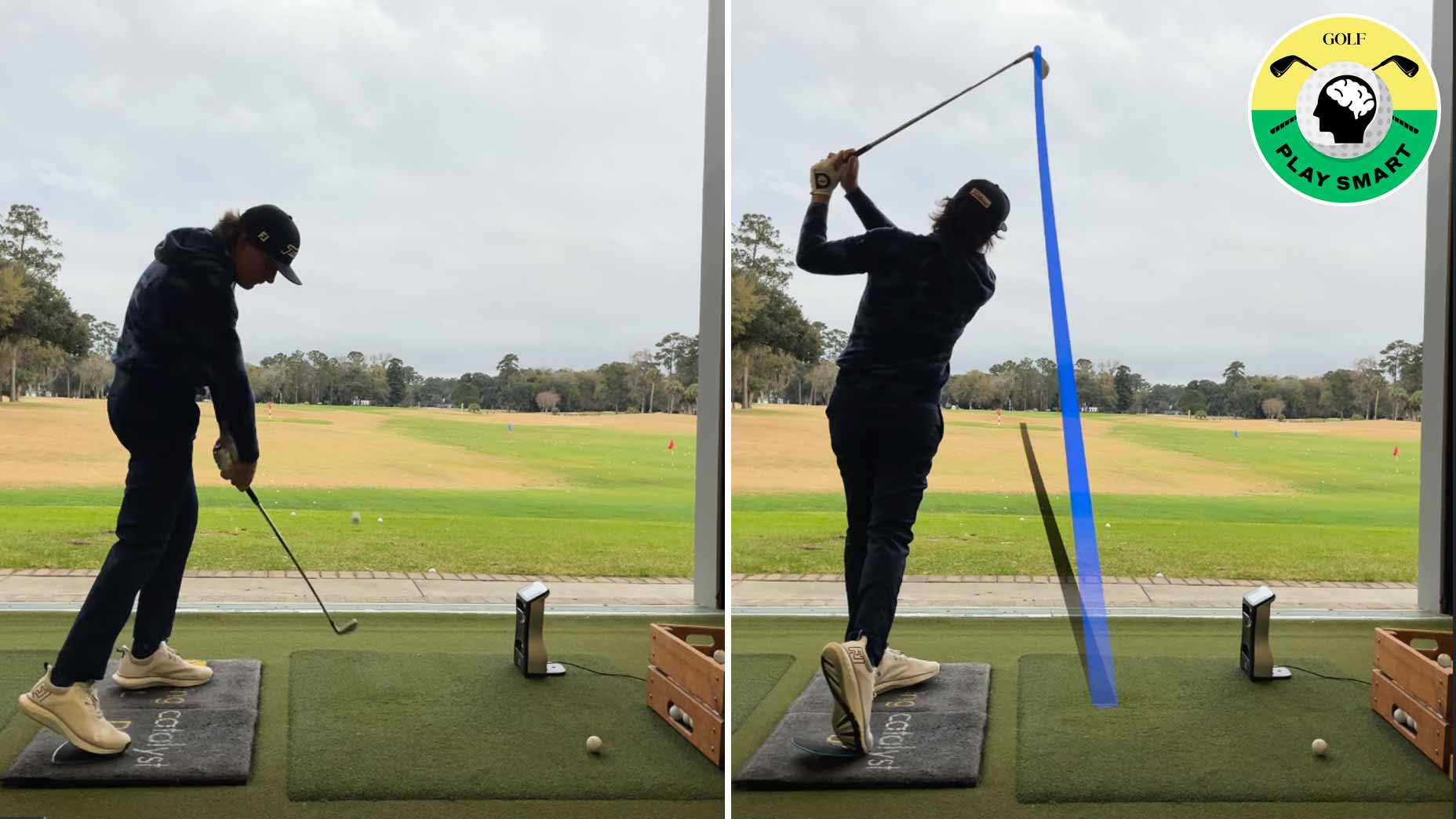I’ve said it before and I’ll say it again: Putting is the great equalizer in the game of golf.
Even if you’re a player who can bomb the ball, if you can’t putt, you’re just giving away strokes. On the contrary, if you lack distance with the driver, good ball-striking with your irons and clever shots with your wedges can put you in position to score low.
But when it comes down to closing out a hole, it’s the putter that need not abandon you.
Because the flatstick is so important, more players need to spend more time practicing with it. Sure, it’s more fun to go beat balls on the range, but when you have a go-to putting routine that never lets you down, that’s when your game can elevate to another level.
With 3 unwavering words, Tiger Woods puts PGA Tour on noticeBy: Sean Zak
After 15 major titles and 82 career PGA Tour wins, Tiger Woods has clearly identified what does and doesn’t work for him.
With Woods making headlines (per usual) this week at the Hero World Challenge, videos have popped up all over social media of him smoothing balls on the range and around the practice green. One that caught my eye is his one-handed putting drill, which shows off his precision and speed control on the greens.
So why is this drill useful, and should it be part of your own pre-round routine? I tapped GOLF Top 100 Teacher Scott Munroe to break things down and explain why Woods’ putting warm-up can be so effective.
Why Tiger Woods practices putts one-handed
This one-handed putting warmup from @TigerWoods is mesmerizing. pic.twitter.com/45CQxw2zeW
— PGA TOUR (@PGATOUR) November 29, 2023
“When I first met Tiger Woods [in 1998], he was putting one-handed to warm up with his putting coach,” Munroe told me. “The coach didn’t really even know why Tiger was doing it. We were both a little clueless back then. I’m still clueless about plenty of things, but not putting or putting drills!”
Munroe said Woods has been using the same style of putter since he was 13. It has a lot of toe hang, which helps Woods release the putterhead to maximize his ball spin.
Practicing putts one-handed allows Woods to impart much top spin on the ball.
How this simple mind trick can improve your putting-distance controlBy: Kevin Sprecher, Top 100 Teacher , Nick Dimengo
“He’s doing this drill with his right hand to feel how much energy he needs with each stroke, which isn’t a lot since the ball spin is so good,” Munroe said. “Over history, the best putters use this method.
“I recommend trying it if you have a toe-hang putter or mid-toe hang. Start by hitting some short putts and feel the toe pass the heel with your trail arm. Then work your way back.”
Munroe said the drill won’t only help you dial in your speed control but it’ll also help you dial in a shorter, smoother stroke as well.
“Speed control comes from good spin, and good spin allows you to have a shorter stroke,” he said. “A shorter stroke is always better, as less can go wrong in your movements.”
So if you’re looking to become a sniper on the putting surface and fine-tune your feel and pace, give Woods’ drill a go — just don’t expect to hole each putt like he does!












